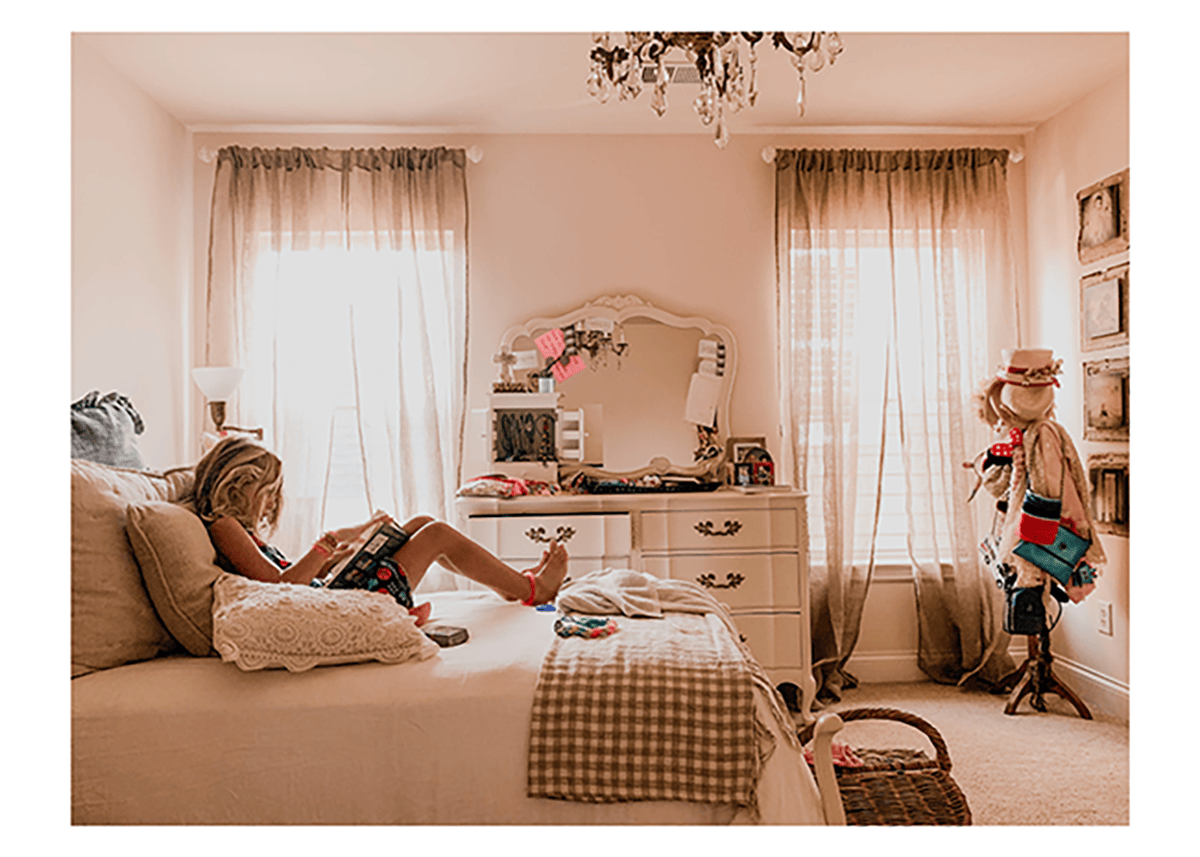

Uh oh...
It appears that you're using a severely outdated version of Safari on Windows. Many features won't work correctly, and functionality can't be guaranteed. Please try viewing this website in Edge, Mozilla, Chrome, or another modern browser. Sorry for any inconvenience this may have caused!
Read More about this safari issue.
Processed with VSCO with b5 preset

In photography, balance and symmetry are important compositional elements that can create visually-striking and harmonious compositions. Let’s explore them in more depth.
Symmetry
Symmetry refers to the balance and correspondence of elements on either side of an axis or a central point. It can be achieved through the placement of identical or similar elements on each side of the frame. Symmetrical compositions create a sense of order, harmony, and balance.
Vertical Symmetry: In vertical symmetry, elements are mirrored along a vertical axis. This can be seen in reflections on water, architectural structures, or compositions with identical objects on both sides.
Horizontal Symmetry: Horizontal symmetry involves mirroring elements along a horizontal axis. This can be found in landscapes with a reflection in a body of water, or compositions with a clear division of space horizontally.
Radial Symmetry: Radial symmetry occurs when elements radiate from a central point, creating a circular or spiral pattern. This can be observed in flowers, architectural domes, or natural formations.
Balance
Balance refers to the distribution of visual weight within a composition. It ensures that elements are arranged in a way that creates equilibrium and a sense of stability.
Symmetrical Balance: Symmetrical balance occurs when elements are placed equally on either side of the frame. This creates a sense of calmness and stability. It is often associated with formal and traditional compositions.
Asymmetrical Balance: Asymmetrical balance involves distributing visual weight unevenly within the frame. It can be achieved by placing smaller or lighter elements in strategic positions to balance out larger or heavier elements. Asymmetrical balance adds visual interest and can create a dynamic and engaging composition.
Achieving Symmetry and Balance
Composition and Framing: Pay attention to the arrangement of elements within the frame. Ensure that the elements you want to create symmetry or balance with are properly positioned. Consider using the rule of thirds or other compositional guidelines to guide your placement.
Colors and Tones: Balance can also be achieved through the use of colors and tones. Bright or dark elements can visually balance each other, as can warm and cool colors. Be mindful of the overall color distribution and contrast within your composition.
Negative Space: Negative space, or empty areas, can contribute to the overall balance of a composition. It can help create a sense of equilibrium by allowing elements to breathe and preventing the frame from feeling cluttered.
Visual Weight: Elements with strong visual weight, such as large objects or those with high contrast, will draw more attention. Distribute these elements strategically to maintain balance and avoid creating an unbalanced composition.
Breaking Symmetry and Balance
While symmetry and balance are valuable compositional techniques, breaking them can also result in unique and visually interesting compositions. Intentionally disrupting symmetry or creating tension through asymmetrical balance can add visual intrigue and create a more dynamic image.
Remember that the choice to use symmetry or balance depends on your artistic intent and the story you want to convey. Experiment with both symmetrical and asymmetrical compositions to find the most compelling approach for your subject matter.
By understanding and applying principles of symmetry and balance, you can create visually appealing and harmonious compositions that engage and captivate viewers.
Fun fact: all of the photos in this post were taken with an iPhone! Great photos can be made with whatever you have in hand.
This series will run every Monday for the next five weeks. Click here to catch them all.
Join the Conversation
Leave a Comment
2 responses to “Photography Tip Series: Balance”
 Leave a Reply
Leave a Reply
We do the work.
You check your email.
Sign up for our weekly e-news.
Get stories sent straight to your inbox!























 Leave a Reply
Leave a Reply
[…] Balance […]
[…] Balance […]